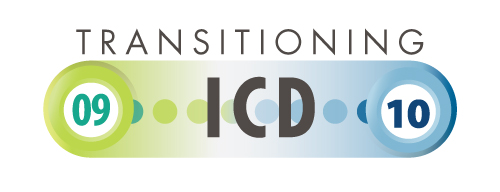
Ready or not here it comes! ICD-10’s are fast approaching, and while our patients may not be anticipating the day, it is sure in the minds of all of our therapists. Never fear though, we have some reasons for you to smile and some tips that will help you when getting started.
WHAT THIS CHANGE MEANS FOR PHYSICAL THERAPISTS:
- Identification of where diagnosis codes are used today: Paperwork, electronic systems, and other processes, such as submitting reimbursement claims, identifying patient eligibility, getting prior authorization from a payer, reporting quality data, and more, will need to be updated to reflect new ICD-10 diagnosis codes.
- Documentation: The ICD-10 code set provides greater specificity for patient diagnosis, so it will be critical to assess current documentation and how it will support coding for ICD-10.
- Vendor Updates: If practices are using electronic systems for billing, they will need to have their systems updated by vendors.
- Staff Training: All staff that work with the current ICD-9 system must be trained on the ICD-10, such as clinicians, front desk staff, and coding/billing staff.
QUICK TIPS TO REMEMBER AS WE GET STARTED:
We asked our resident ICD-10 guru for some good tips on getting started. He has been busy training physical and occupational therapists on the updates, and has been generous enough to compile a list of tips based on commonly
asked questions.
- You should always use the alphabetical index first and then use the tabular list to find a code. Don’t skip steps
- Any services performed on or before September 30th must have an ICD-9 code, even you file a claim after October 1st. Any services performed on October 1st or afterwards must have an ICD-10 code. You cannot document an ICD-9 code and an ICD-10 code on the same day
- Looking for swelling under the alphabetical index? Try looking under “E” for effusion instead
- Got a fracture to code and you are unsure if it was open or closed? Displaced or non-displaced? When in doubt you should default to closed and displaced
- When you have found a code in the tabular, look for any exclusions. If you see any codes listed as “excludes1”, it means that they cannot be used on the same claim, on the same day as the code you just found
- If a patient has a bilateral condition, but a bilateral code is not available, document the right and left codes.
DON’T LOOK SO GLUM. THERE ARE PLENTY OF REASONS TO WELCOME THE ICD-10’S:
- ICD-9 codes are general and insurance companies may not understand the scope of a patient injury or easily see why they require so many visits. Now you have the ability to more accurately document a patient’s rehabilitation by using multiple codes for an injury.
- ICD-9 are over 30 years old… that’s older than the world wide web by nearly a decade…. errrr
- The United States is the only country still using the ICD-9. Switching the 10 will help us to include our patients in research and treatment date with the rest of the world.
- If you ever have a patient survive being sucked into an aircraft engine and then needed therapy… there’s a code for that!
